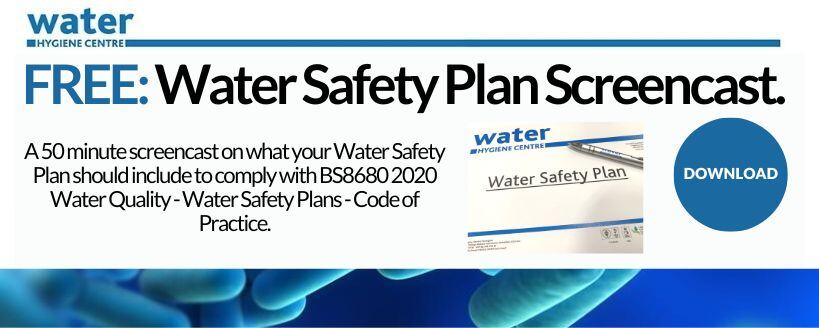The title ‘Authorising Engineer (AE)’ is not new and has been in use for many years within the industry, where high-risk activities require a ‘competent person’ to oversee and provide assurance for the adequate implementation of rules and procedures.
What can the Authorising Engineer (Water) provide?
As defined within HTM00 and HTM04-01: Safe Water in Healthcare Premises (and the equivalent versions of the guidance issued in Wales and Scotland) the specific role of the Authorising Engineer (Water) depends on the service specialism, but in general the AE:
- Acts as an independent professional advisor;
- Acts as an assessor and makes recommendations for the appointments of Authorised Person(s) plus Responsible Person(s) and Deputy Responsible Person(s);
- Monitors the performance of the service;
- Provides an annual Water Safety Audit to the Designated Person;
- and will remain independent from the organisation and its operational structure, especially regarding the audit process.
For an AE to be effective they should be independent of the organisational management structure. This is so that they can comment constructively on the performance of the service without prejudice.
Each organisation should consider whether an AE (Water) is sufficiently independent of direct benefits from the sale of additional services; whether these be physical remedial measures or inspection and testing services.
Independent Water Safety Advice
AE (Water) services are provided in a commercial environment and very few individuals, if any, can claim absolute independence. To this end, the organisational management must therefore satisfy themselves that their chosen AE (Water) is free from inappropriate bias.
Your Water Safety Group
 The AE is an integral member of the Water Safety Group, the multi-disciplinary group formed to oversee the commissioning, development, implementation, and review of the Water Safety Plan. With this in mind, the AE (Water) is available to help all healthcare-associated departments with their understanding of the risks and the control measures. Although in most cases the Water Hygiene Centre works most closely with Estates Teams, no one team can ensure water system risks are minimised.
The AE is an integral member of the Water Safety Group, the multi-disciplinary group formed to oversee the commissioning, development, implementation, and review of the Water Safety Plan. With this in mind, the AE (Water) is available to help all healthcare-associated departments with their understanding of the risks and the control measures. Although in most cases the Water Hygiene Centre works most closely with Estates Teams, no one team can ensure water system risks are minimised.
In our experience, there are times when clarification on guidance is required, be it with the monitoring parameters or frequencies, materials of construction, or with the broader interpretation and understanding of the text. The independence of the AE (Water) and their likely involvement with a broad spectrum of public or private sector clients also means that they can ensure that lessons are learned from other organisations/projects to ensure you as the valued client don’t repeat the errors of others.
So, do you need an Authorising Engineer?
If you have a risk control structure that complies with the healthcare guidance, then Authorising Engineers are named as part of the Water Safety Group as a matter of course. Even if you do not work in a healthcare environment, you may well see the benefit of adopting the Water Safety Group model, even if the guidance doesn’t cover the environment you find yourself in.
Further reading> Water Safety: An Overview for Those Responsible in Healthcare
Feel free to reach out if you have any questions about the issues mentioned above or if you would like to consult with one of our experts on water hygiene.
Editors Note: The information provided in this blog is correct at the date of original publication – May 2021 (Revised February 2024).
© Water Hygiene Centre 2024









